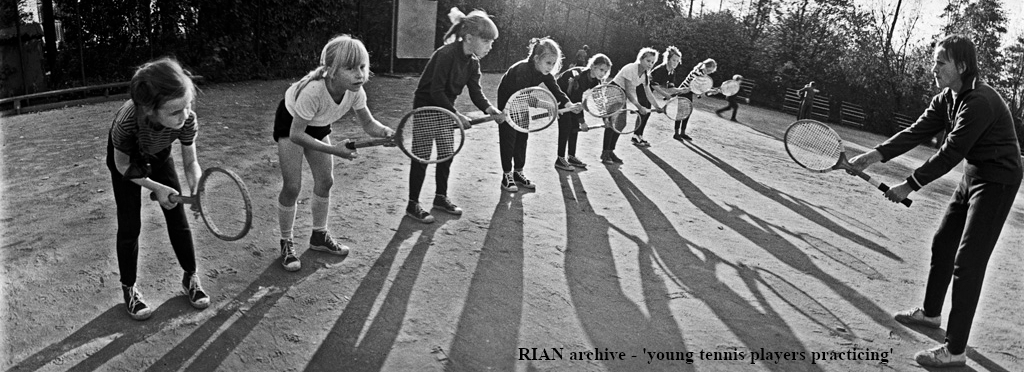As an Amazon Associate, Ultimatetennisgear earns from qualifying purchases. This post contains links which generate commission at no cost to you if you purchase through the link. Find out more about affiliate links here.
We’re all familiar with the scene: a court full of tennis players, all darting around like they’re on the set of a Bollywood classic. They play one shot from the back of the court, rush the net, play a shot, stumble backwards to face a lob, then repeat. And repeat. And repeat. What could possibly be wrong with this…………?
Think of your tennis game as a journey: a starting point where you first pick up a racket and try to swot your first ball, and an end point somewhere over the horizon where you can, more or less, make the ball go where you want. The middle part of the journey is where we so often go off-road, taking all sorts of unnecessary detours and causing all manner of frustration along the way. Obviously there are some players who were born to play the sport: just give them a racquet and then sit back as the magic unfolds before your very eyes. For the rest of us, there are ways to fast-track our progress, but there are also pitfalls to beware of.
Mechanics and Goofy Swings…
The mechanics of a tennis shot have to be learned correctly, as they’re the foundation of the game. It doesn’t matter how fit, speedy and strong you are, how hard you try, what expensive gear you have or even how fabulous you look….. if your strokes are wrong, you’re only going so far. You could also end up with an injury like tennis elbow – an innocuous sounding complaint that can really take the shine off a day on court. Start out with a goofy swing, play for a while and you have an additional problem on your hands: to learn the right stroke, you’ll have to unlearn the goofy one first. Add a little pressure, and your game will tend to do a goofy time-warp.
This brings us nicely to group practice drills- a mainstay of tennis clubs around the world. Don’t, for one second, think that I’m anti-tennis group drills. They’re first rate adult day care, and they keep thousands of people out of the pub and away from the TV screen. They’re a great chance to pit your skills against varied opponents, build confidence and generally have social fun. However, its important to appreciate that this is not the format to work out kinks in your strokes. There is simply too much going on, from keeping an eye out for your fellow players to rushing around after the ball. To fast track a swing, you need to temporarily take everything else out of the equation and just focus on the racquet. This is where an hour with a coach can pay great dividends: you won’t walk off the court hitting like Federer or Swiatek, but you’ll start to build the fundamentals and you’ll learn how a great swing feels, even if you don’t manage to do it every time.
Money Talks
There is one big advantage that group formats have over individual lessons: cost. Coaching isn’t cheap. Its common to pay up to $100/hour, which is a huge chunk of change. Sharing the cost with another player can reduce the bill to a level comparable to group lessons, but with a far more personalized format. You don’t need hundreds of lessons each year – just enough to get a feel for what you should be doing, and provide a course correction if you stray into goofy territory. If your club has several coaches, do some research to find out who’s the best for your particular situation. Children, beginners and advanced players all have unique needs, and coaches often specialize in certain aspects of the game. If you find your progress stagnating, try another coach: learning is a very personal thing, and certain styles click, while others don’t.
One more thing to remember: talk to your coach about what you want to accomplish: being great at tennis doesn’t necessarily make them a great mind reader. Explain that you’re keen to get better and learn to hit the ball properly. The average coach spends much of their time doing the tennis equivalent of babysitting – they love it when a student is keen to learn, push themselves and gets the importance of form. After a few lessons, you’ll have a list of things to watch out for and concentrate on – you can now head out to your group class with a tiny coaching voice in your head and get far more out of it.
Some further reading to help your game evolve
Winning Ugly by Brad Gilbert is a classic that has become essential reading for a generation of aspiring tennis players. If you only read one book, this should be it.
Essential Tennis by Ian Westermann is a wonderful manual for tennis technique, with numerous QR codes that link to online videos to give visual insights.

